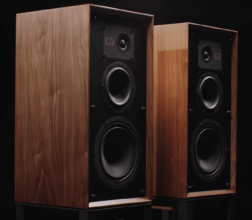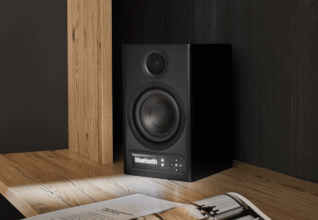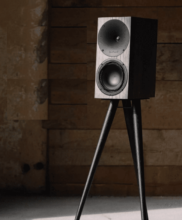Buchardt P300 Review: The BIG sounding small speaker
The Buchardt P300 is a bookshelf speaker. It’s positioned as a step below their premium offerings. Whether it’s overpriced or not is up for discussion. Let’s explore the details together as we delve into the Buchardt P300. Read our Buchardt P300 Review.
The Buou P300 is a $300 premium compared to speakers like the ELAC Uni-Fi Reference and a bit less than the GoldenEar BRX. The Buou P300 features a two-way design with a large passive radiator on the back, a 6-inch paper cone woofer, and a 3/4-inch tweeter with a CDC aluminum waveguide. The room’s claimed frequency response is 37 Hz to 40,000 Hz, with a crossover set at 2900 Hz.
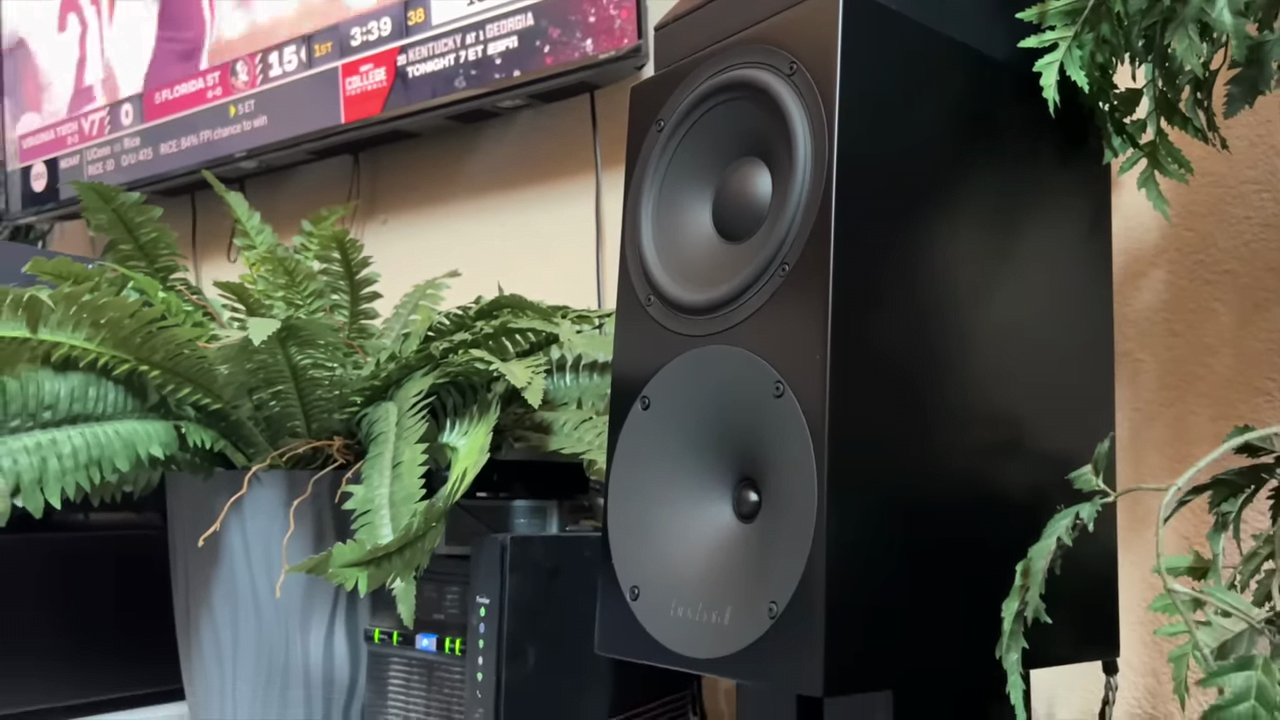
Let’s talk about the soundstage and imaging. Soundstage and imaging refer to how wide and where elements are positioned in the audio field when listening to music. The Buou P300 excels in this aspect. For instance, in “Wherever I May Roam” by Metallica, there’s a standout moment at the 14-second mark where the sound stage expands significantly. When watching movies like Spider-Man 2, the speaker delivers immersive and precise placement of audio elements. Center imaging is strong across various tracks, and there’s excellent forward-to-aft imaging. The speaker handles complex soundscapes well, which can be enhanced with quality amplification.
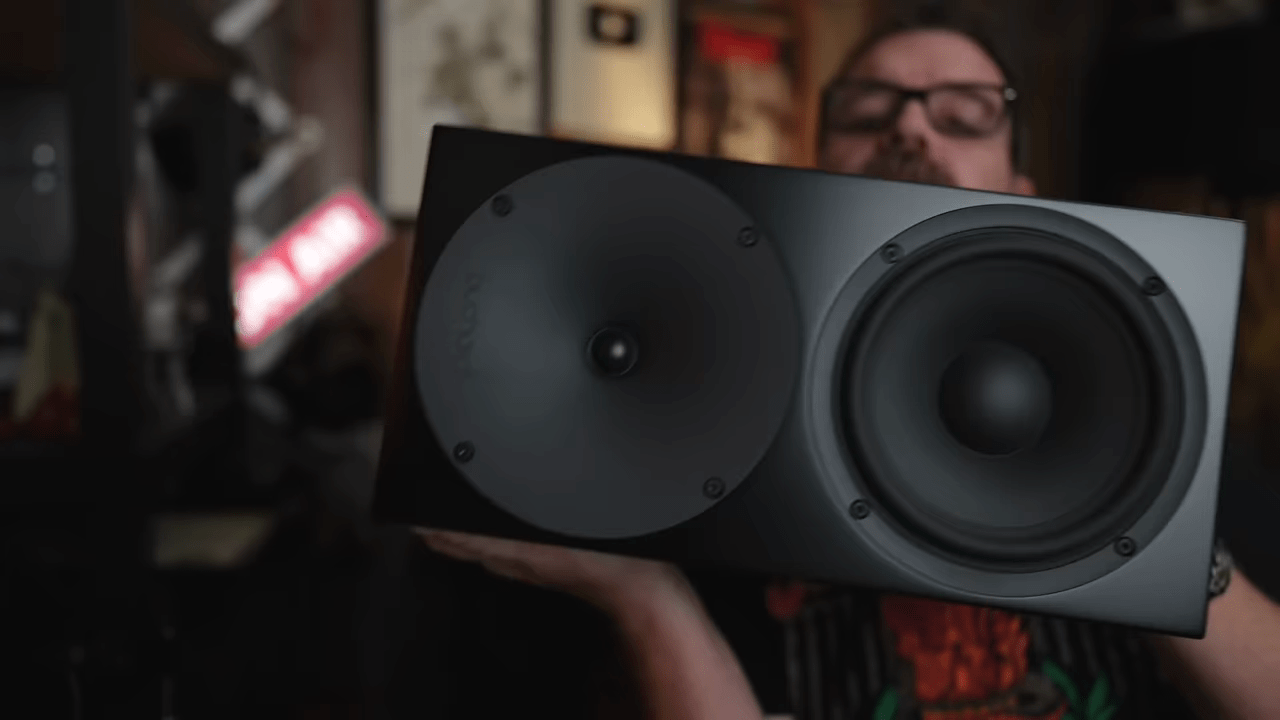
Let’s dive into the bass. The Buou P300 impresses with its bass response, partly thanks to the substantial passive radiator. However, the amount of bass can be influenced by placement. If positioned close to a wall, you get loads of bass, making it ideal for movies and TV without needing a subwoofer. For music, pulling the speakers away from the wall may be necessary to balance out the bass and reveal more mid-range clarity. Notably, with this speaker, you can control the bass output to some extent based on placement.
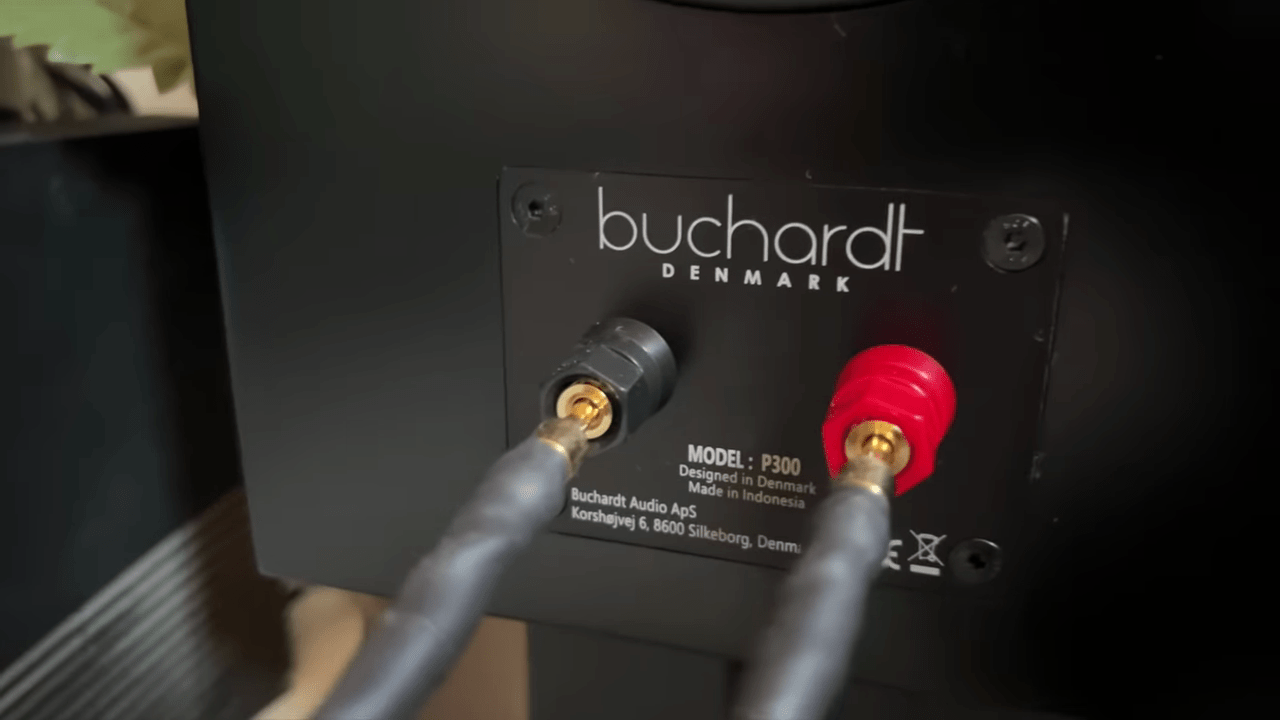
The mid-range performance of the Buou P300 is commendable. It offers clarity, with vocals and instruments shining through. However, the lower mid-range can be slightly covered up in some tracks with heavy bass content. For example, in “Give Me One Reason” by Tracy Chapman, the prominence of the bassline masks some lower mid-range frequencies. Yet, this doesn’t significantly detract from the overall experience. The mid-range clarity is excellent on most tracks.
Let’s discuss the treble. Despite the speaker’s substantial bass output, the treble remains well-balanced and tonally accurate. It doesn’t exhibit harshness or sibilance. It handles tracks with cymbals and high-hat elements with finesse, maintaining tonal accuracy. Even in recordings with challenging treble sections, the Buchardt P300 maintains composure. The treble performance is solid and in line with the rest of the speaker’s qualities.
The Buchardt P300 is an impressive speaker, delivering excellent soundstage, strong bass, and solid mid-range and treble performance. Thanks to its substantial bass output, its versatility allows it to work well with various amplification options, including lower-powered amplifiers. While there may be instances where heavy bass can affect mid-range clarity, this is a minor issue when considering the overall performance. In terms of value for money, it competes favorably with other speakers in its price range and is even preferable to more expensive options.



